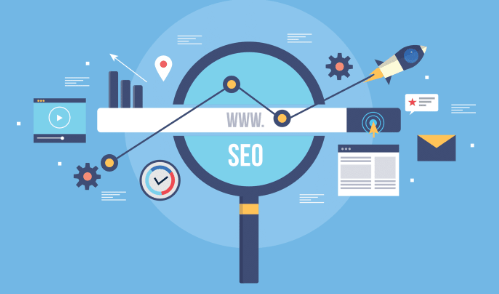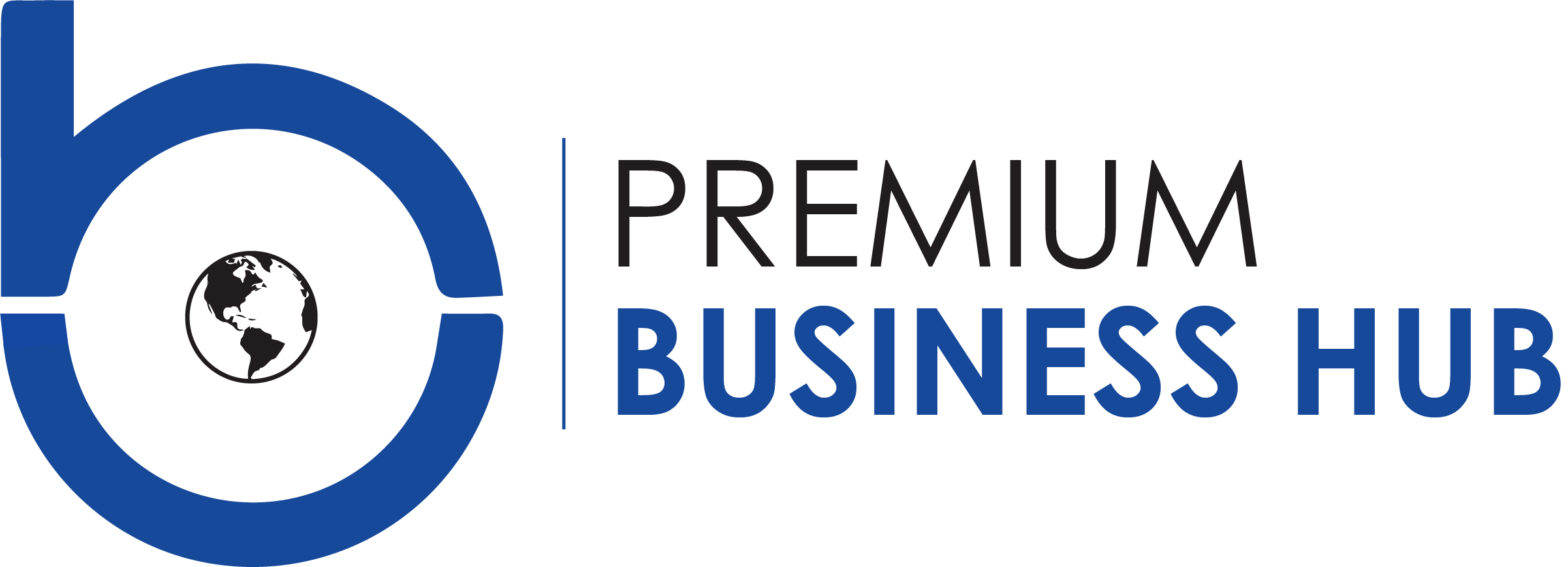On Page Seo Services

On-page SEO services play a crucial role in improving the visibility and ranking of websites on search engine result pages (SERPs). It involves optimizing various elements within a website to make it more search engine-friendly and user-friendly.
With the ever-increasing competition in the online world, businesses are realizing the significance of on-page SEO to attract organic traffic and gain a competitive edge.
One of the primary goals of on-page SEO is to optimize website content. This includes conducting keyword research, strategically incorporating keywords into relevant areas of the content, and ensuring high-quality and informative content that meets the needs of users. Additionally, optimization of meta tags and headings is essential as they provide valuable information to search engines about the content on each page. Properly optimized meta tags can significantly improve click-through rates from SERPs by providing enticing snippets that accurately reflect what users can expect from visiting a particular webpage.
By optimizing URLs and internal links, on-page SEO services ensure that search engines can easily crawl and index webpages effectively. A well-structured URL helps both search engines and users understand what a specific webpage is about before even clicking on it. Internal linking plays a crucial role in distributing link equity throughout a website, establishing website hierarchy, improving user navigation, and facilitating better indexing by search engines.
Incorporating images and multimedia elements into webpages not only enhances their visual appeal but also provides an opportunity for further optimization. On-page SEO services focus on optimizing image alt tags with relevant keywords, compressing image sizes for faster loading times, utilizing descriptive file names, optimizing captions or descriptions for videos or audio files, among other techniques.
Website speed has become increasingly important as it directly affects user experience. Slow-loading websites tend to have higher bounce rates as users lose patience waiting for pages to load. On-page SEO services aim at improving website speed by reducing server response time, minimizing CSS or JavaScript files’ size or number used within webpages, leveraging browser caching, and optimizing images or multimedia elements.
Monitoring and analyzing SEO performance is a critical aspect of any on-page SEO strategy. By tracking key metrics such as organic traffic, keyword rankings, bounce rates, conversion rates, and user engagement metrics, businesses can gain insights into the effectiveness of their SEO efforts. This data enables them to make informed decisions and continuously optimize their website’s on-page elements for better rankings and overall performance.
In conclusion, understanding the importance of on-page SEO services is vital for businesses looking to improve their website visibility and ranking in search engine results. By optimizing various elements.
Importance of On-Page SEO for Website Ranking
The implementation of on-page SEO techniques is crucial for enhancing a website’s ranking in search engine results, as it ensures optimal visibility and accessibility to both users and search engine crawlers.
One key aspect of on-page SEO is keyword research, which involves identifying the most relevant and high-performing keywords for a particular website. By incorporating these keywords strategically throughout the website’s content, meta tags, and headings, search engines can easily understand the purpose and relevance of the site.
Additionally, on-page SEO also considers the impact of user experience on SEO rankings. A well-optimized website that offers a seamless and enjoyable user experience is more likely to attract and retain visitors, leading to longer dwell times and lower bounce rates. These factors indicate to search engines that the website provides valuable content to its users, thereby improving its ranking in search results.
Overall, on-page SEO plays a critical role in ensuring a website’s success by maximizing its visibility to both users and search engines through effective keyword optimization and enhanced user experience.
Optimizing Website Content
Optimizing website content involves strategically crafting and structuring the information presented, ultimately captivating and engaging users while enhancing their overall browsing experience.
Website optimization is a crucial aspect of on-page SEO, as it focuses on improving various elements of a webpage to make it more appealing to search engines.
One key component of optimizing website content is conducting thorough keyword research. By identifying and incorporating relevant keywords into the content, websites can increase their visibility in search engine results pages (SERPs) and attract targeted organic traffic.
Additionally, optimizing website content involves ensuring that the layout and structure are user-friendly, with easy navigation and clear headings that guide readers through the page. This not only helps search engines understand the context of the content but also enhances user experience by providing a seamless browsing journey.
Overall, a well-optimized website content plays a significant role in improving rankings on search engines while maximizing user engagement and satisfaction.
Optimizing Meta Tags and Headings
This discussion focuses on the importance of optimizing meta tags and headings for website content.
Writing compelling meta titles and descriptions is crucial as they serve as the first impression for search engine users and can significantly impact click-through rates.
Additionally, using proper heading tags and structure helps to improve the readability of the content and signals to search engines the hierarchy of information within a webpage.
By implementing these strategies, websites can enhance their visibility in search engine results pages and attract more organic traffic.
Writing Compelling Meta Titles and Descriptions
Writing compelling meta titles and descriptions involves crafting concise and engaging sentences that entice users to click through to your webpage.
When writing effective titles, it is important to use strategic keywords that accurately reflect the content of the page while also piquing the interest of potential readers.
A well-crafted title should be concise yet descriptive, giving users a clear idea of what they can expect when they click on the link.
Similarly, crafting compelling descriptions requires careful consideration of the language used and its ability to captivate the reader’s attention.
By incorporating persuasive language and highlighting key features or benefits, a description can effectively convince users that visiting your webpage will provide them with valuable information or solutions to their needs.
Overall, writing effective meta titles and descriptions plays a crucial role in attracting organic traffic to your website by appealing to users’ subconscious desire for freedom – the freedom to choose which pages they visit based on enticing snippets of information provided in search results.
Using Proper Heading Tags and Structure
Utilizing appropriate heading tags and structure is essential for organizing and presenting information on a webpage in a logical and visually pleasing manner.
When it comes to on-page SEO optimization, the use of proper heading tags is crucial for search engines to understand the hierarchy and relevance of the content.
Heading tags, such as H1, H2, H3, etc., not only help users scan through the page easily but also provide search engines with valuable clues about the content’s importance.
The strategic placement of keywords within these headings can further enhance the page’s visibility in search engine results.
Additionally, adhering to best practices for on-page SEO optimization involves using structured data markup to highlight important information and improve how search engines interpret and display your website’s content.
By following these guidelines, webmasters can ensure that their websites are effectively organized, making it easier for both users and search engines to navigate through the information presented.
Overall, implementing proper heading tags and structure contributes significantly to improving a webpage’s ranking potential and enhancing user experience.
Optimizing URLs and Internal Links
Optimizing URLs and internal links involves strategically structuring webpage addresses and interconnecting webpages to enhance search engine optimization. This process not only helps search engines understand the content of a webpage but also improves the overall user experience.
Here are three key aspects to consider when optimizing URLs and internal links:
- Optimizing anchor texts: When creating internal links, it is important to use descriptive anchor texts that accurately reflect the content of the linked page. This helps both users and search engines understand what they can expect when clicking on the link.
- Improving user experience: Well-structured URLs that are easy to read and understand contribute to a positive user experience. Clear and concise URLs provide users with an idea of what they will find on a particular page, making it easier for them to navigate through a website.
- Interconnecting related webpages: Internal linking plays a crucial role in connecting different pages within a website. By linking relevant pages together, you can guide users through your site in a logical manner, allowing them to easily access related information. Additionally, internal linking helps distribute authority and relevance throughout your website, which can positively impact search engine rankings.
By optimizing URLs and internal links using these strategies, websites can improve their visibility in search engine results pages while also enhancing the overall user experience for visitors navigating their site.
Optimizing Images and Multimedia
This discussion will focus on two key points for optimizing images and multimedia:
- Optimizing image alt text and file names helps search engines understand the content of the image, improving its visibility in search results.
- Compressing images reduces their file size, allowing web pages to load quicker and providing a better user experience.
Optimizing Image Alt Text and File Names
When it comes to on-page SEO services, one important aspect is the proper implementation of image alt text and file names, as they play a crucial role in enhancing website accessibility and search engine optimization.
Image optimization is an essential practice for improving the visibility of websites in search engine results pages (SERPs). By following best practices for image SEO, businesses can ensure that their images are properly indexed by search engines, leading to increased organic traffic.
The use of descriptive alt text helps users with visual impairments understand the content of images through screen readers. It is recommended to include relevant keywords in alt text while maintaining its natural flow and avoiding keyword stuffing.
Additionally, optimizing file names by using descriptive words and separating them with hyphens improves the chances of ranking higher in image searches.
Strategic implementation of image alt text and file names not only contributes to better website accessibility but also enhances overall SEO performance.
Compressing Images for Faster Loading Speed
When it comes to optimizing images for websites, one crucial aspect is compressing them to improve loading speed.
Image compression refers to reducing the file size of an image without significantly compromising its quality.
By compressing images, website owners can enhance the overall user experience by ensuring faster page load times.
This is particularly important as slow-loading pages can lead to higher bounce rates and lower conversion rates.
Image optimization techniques such as compression play a vital role in achieving an optimal balance between visual aesthetics and website performance. Learn more
Implementing efficient image compression algorithms allows webmasters to strike this balance effectively, resulting in improved loading speeds and ultimately enhancing user satisfaction.
Improving Website Speed and Performance
This discussion will focus on the importance of minimizing page load time, optimizing code, and improving server response in order to enhance website speed and performance.
Minimizing page load time is crucial as it directly impacts user experience and can contribute to higher bounce rates.
Optimizing code and server response involves reducing unnecessary scripts or plugins, compressing files, and ensuring efficient communication between the browser and server.
All of these measures can significantly improve a website’s overall speed and performance.
Minimizing Page Load Time
To reduce page load time, optimizing image sizes and compressing files are effective strategies. When it comes to improving website usability and reducing bounce rate, minimizing page load time is crucial. Images play a significant role in the overall loading speed of a webpage, so it is essential to optimize them by reducing their file size without compromising quality. This can be achieved through various techniques such as resizing images to the appropriate dimensions, using compression algorithms to minimize file size, and leveraging modern image formats like WebP.
Additionally, compressing files such as HTML, CSS, and JavaScript can significantly improve page load time by reducing the amount of data that needs to be transferred from the server to the user’s browser. Implementing gzip compression or utilizing minification techniques can help streamline these files and make them more efficient.
By employing these strategies for minimizing page load time, websites can enhance their performance, provide a better user experience, and ultimately increase engagement by decreasing bounce rates.
Optimizing Code and Server Response
Optimizing code and server response is a crucial aspect of enhancing website performance and ensuring efficient data transfer between the server and the user’s browser.
Code optimization involves refining the programming code to improve its efficiency and reduce unnecessary overhead, resulting in faster execution and reduced page load time. This can be achieved by eliminating redundant or unused code, optimizing loops and conditional statements, minifying JavaScript and CSS files, and compressing images.
On the other hand, server response optimization focuses on improving the speed at which the server responds to requests from users’ browsers. This includes measures such as caching frequently accessed data, enabling compression for transferring data over the network, utilizing content delivery networks (CDNs) to distribute content closer to users geographically, and implementing techniques like HTTP/2 for faster communication between server and browser.
By implementing effective code optimization techniques along with server response optimization strategies, websites can significantly improve their performance and provide a seamless browsing experience to users while meeting their subconscious desire for freedom.
Monitoring and Analyzing SEO Performance
Monitoring and analyzing SEO performance allows for a comprehensive evaluation of the effectiveness of on-page optimization strategies. This enables businesses to make data-driven decisions that can maximize their online visibility and ultimately evoke a sense of confidence and satisfaction in their target audience.
By implementing robust SEO tracking mechanisms, businesses can gather valuable insights into various metrics such as keyword rankings, organic traffic, and conversion rates. This data empowers them to identify areas for improvement and optimize their website content accordingly.
Additionally, competitor analysis plays a crucial role in monitoring SEO performance. By examining competitors’ strategies and performance, businesses can gain valuable insights into industry trends and benchmark their own efforts against market leaders. Such analysis helps identify opportunities for growth while mitigating potential risks.
Therefore, investing time and resources in monitoring and analyzing SEO performance is essential for businesses aiming to stay ahead of the competition in today’s highly competitive digital landscape.
Frequently Asked Questions
How long does it take to see the impact of on-page SEO on website ranking?
The impact of on-page SEO on website ranking can vary depending on various factors. It typically takes several weeks or even months to see noticeable improvements in website ranking due to the implementation of effective on-page SEO strategies.
Can I optimize my website content without hiring a professional SEO service?
Website optimization can be accomplished without hiring a professional SEO service through DIY SEO techniques. By implementing strategic and analytical approaches, individuals can optimize their website content and achieve desired results on their own terms.
Are meta tags and headings equally important for SEO?
Meta tags and headings are both important for SEO. Meta tags provide information about a webpage’s content, while headings structure the page and highlight important topics. Both elements contribute to the overall optimization of a website, improving its visibility and search engine rankings.
How can I optimize internal links to improve my website’s SEO?
To optimize internal links and improve website SEO, employ effective internal linking strategies. Properly linking related pages within a site enhances user experience, facilitates navigation for search engines, improves indexation, distributes link equity, and boosts organic rankings.
What are the best practices for optimizing images and multimedia for SEO purposes?
Image optimization and multimedia SEO are crucial for improving website performance. Strategies include using descriptive file names, adding alt tags, optimizing image sizes, and using responsive design to ensure compatibility across devices. These practices enhance user experience and boost search engine rankings.
Conclusion
In conclusion, on-page SEO plays a crucial role in improving the ranking of a website.
By optimizing website content, meta tags and headings, URLs and internal links, as well as images and multimedia, a website can become more search engine-friendly.
Additionally, improving website speed and performance can further enhance its visibility and user experience.
Regular monitoring and analysis of SEO performance allows for adjustments and refinements to be made, ensuring that the website remains competitive in search engine results.
The importance of on-page SEO cannot be overstated in today’s digital landscape.
It is not enough to simply create engaging content; it must also be optimized for search engines to effectively reach the intended audience. Read more
By implementing various strategies such as keyword research, metadata optimization, proper URL structure, and image optimization, websites can improve their visibility in search engine rankings.
Furthermore, regular monitoring and analysis of SEO performance enables businesses to stay ahead of their competitors by making informed decisions based on data-driven insights.
Ultimately, incorporating on-page SEO techniques into a comprehensive digital marketing strategy is essential for long-term success online.




